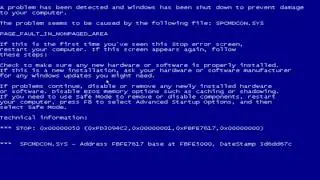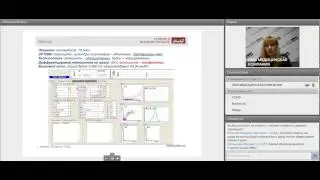C# - Part 62 - What are partial methods? - Tutorial For Beginners
In C#, a partial method is a way to split the definition of a method across multiple parts of a class or struct. This is achieved using the partial keyword.
Here's how it works:
1. Declaration: The method signature, which includes the name, parameters, and return type, is defined in one part of the partial class or struct. This part only specifies what the method does, not how it does it.
2. Implementation (Optional): In another part of the same partial class or struct, or even potentially a different file altogether, the method body is implemented. This part provides the actual code that the method executes.
3. Flexibility: Partial methods offer flexibility because the implementation is optional. If no implementation is provided, the compiler removes the method signature entirely, resulting in no method being created in the final class.
4. Use Cases: There are a couple of common use cases for partial methods:
Code Generation: Partial methods allow code generators to define the method signature, and then developers can implement the logic as needed.
Extensibility: They enable defining a method hook (similar to event handlers) that developers can choose to implement and customize behavior.
5. Restrictions: There are some limitations to keep in mind:
Partial methods can only be used within partial classes or structs.
They are implicitly private, meaning they can only be called from within the same class or struct.
Overall, partial methods in C# provide a way to separate method declaration and implementation, offering more control over code organization and extensibility.







